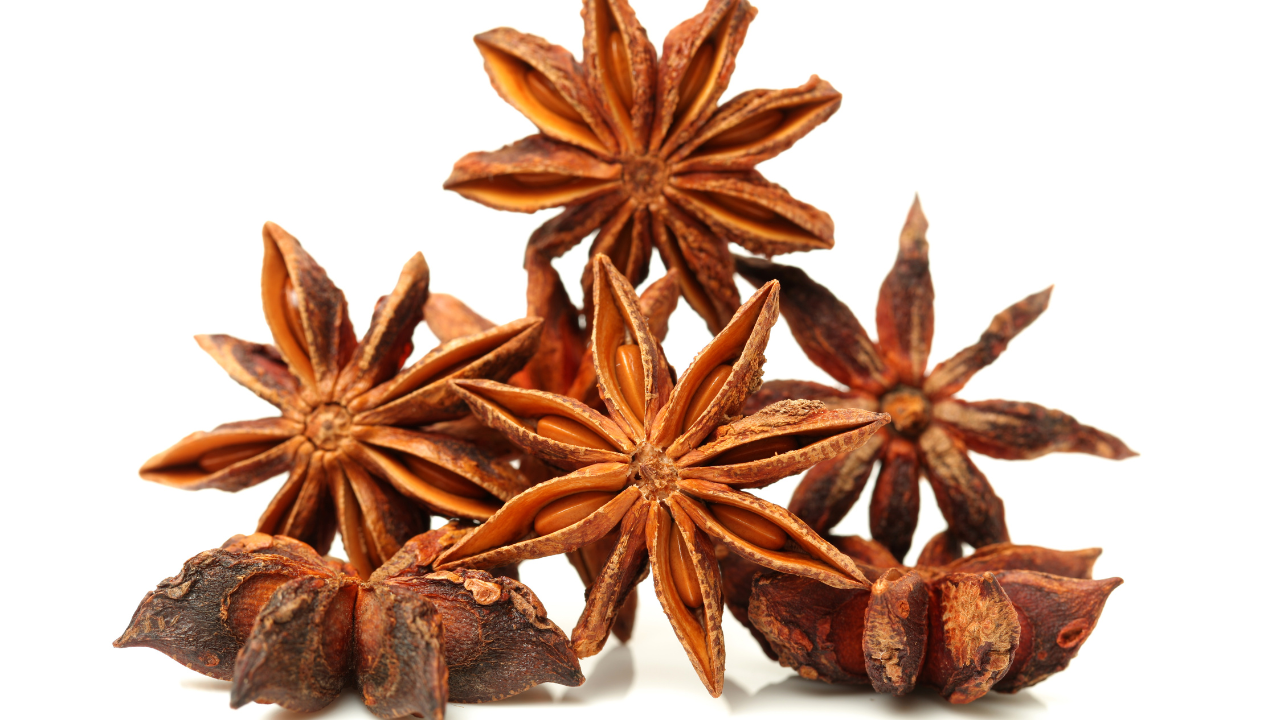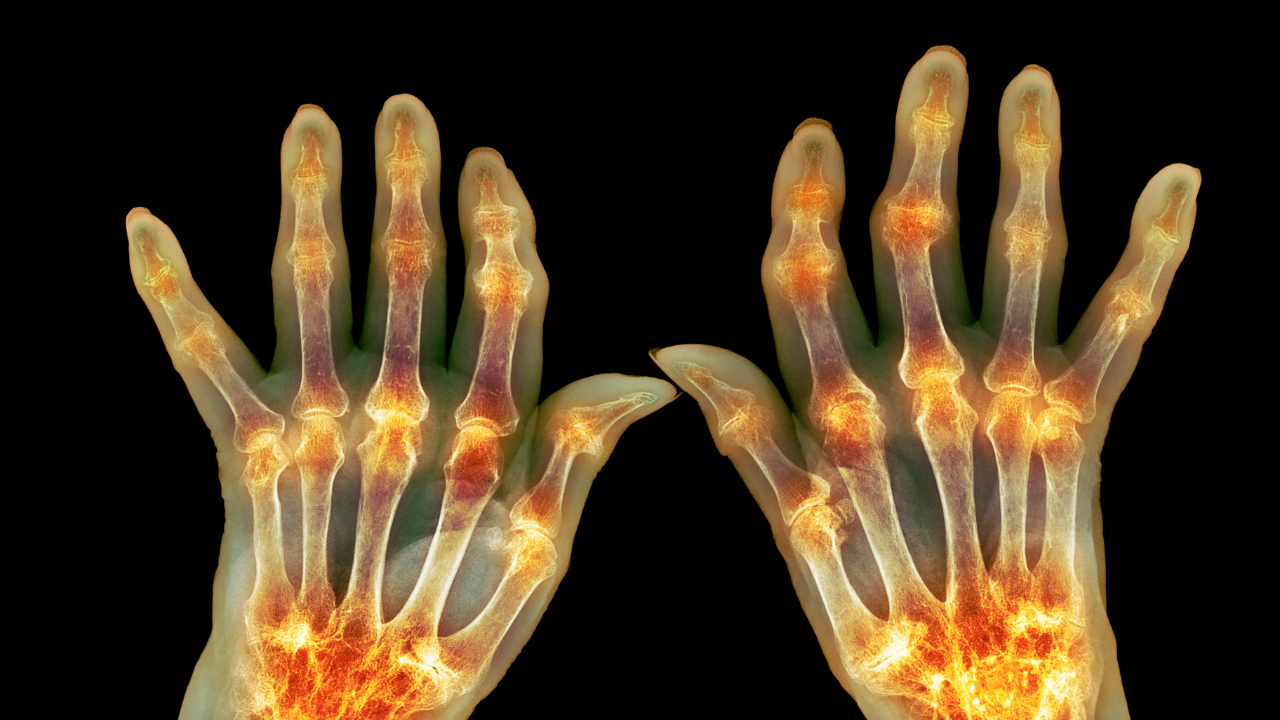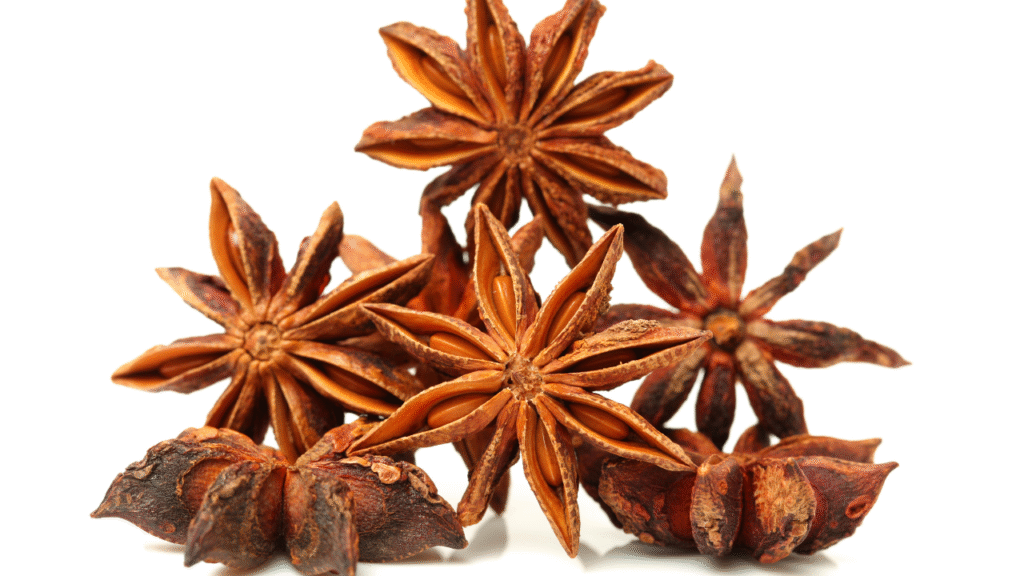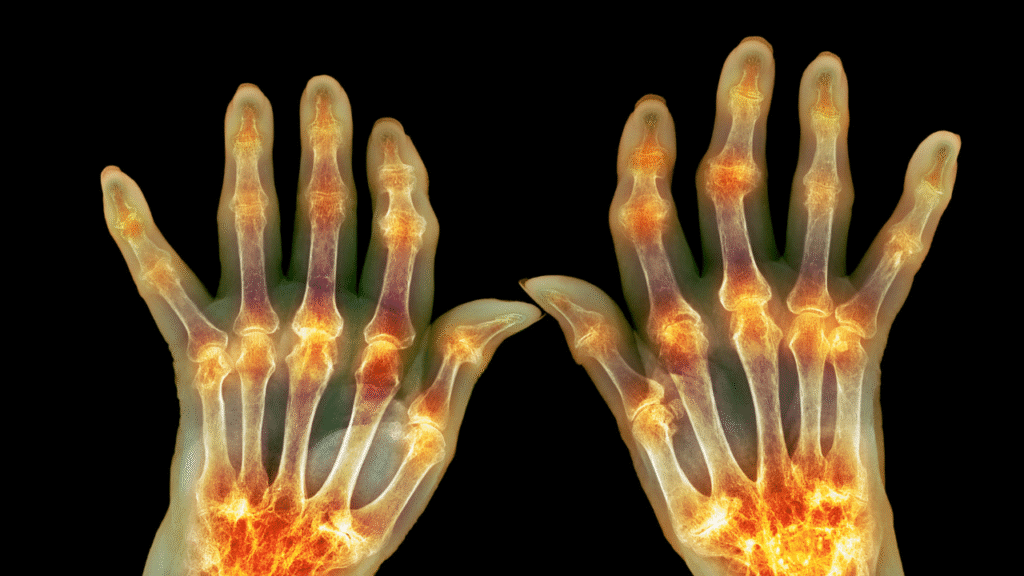Agar agar is a flavorless, colorless, gelatinous material derived from red algae, most typically from Gelidium species.
It is a mixture of the polysaccharides agarose and agaropectin, which are glucose-based polymer agents that give these sea vegetables their shape.
It also has a lot of fiber, protein, iodine, and trace minerals.
Agar is still commonly used in Japan, Mexico, Vietnam, the Philippines, and other places today.
Extraction
Agar-agar is a mixture of two polysaccharides, agarose, and agaropectin, extracted from red seaweeds Gracillaria and Gelidium species.
It is extracted using hot, dilute alkali and cooled to form a very brittle gel, either frozen/thawed or compressed under high pressure. After that, the gel is dried and ground into a powder. The artisanal method still makes small amounts of “natural agar.”
Gelidiella doesn’t dissolve in cold water but in 90–100°C water and other solvents. Therefore, the solution and casting surface must be maintained above the agarose gel-setting temperature when making an agar film to avoid premature gelation.
It is more stable than other polymers at low pH and high temperatures. In addition, Gelidiella is a thermoplastic and biocompatible polysaccharide to make substantial, explicit, transparent films with moderate O2 and CO2 barrier properties. Most importantly, these films are edible and break down quickly.
Inhabit
Lives in the shallow water between the high and low tides. It grows in sunny or shady places, attached to coralline rocks, rocks covered with crustose algae, sandstones, or the shells of Mollusca.
Uses of Agar
Industrial Uses
Besides applications in biotechnology and medicine, it has been widely utilized as a gelling agent in processed foods, pharmaceutical products, and cosmetics.
It is a raw material for the manufacturer, used in pharmaceutical industries, paints, varnishes, electric bulbs, and photographic films; used as a culture medium in bacteriology, agar plates in electrophoresis, and other laboratory uses.
Home Uses
Agar gels are also helpful in producing baked goods, used for baking stable fillings, piping gels, glazes, and icings. In addition, it is utilized for human consumption as food: prepared as a salad, dessert gel, or agar jelly, an ingredient in milk products and jams.
There has also been increased interest in Gelidiella for its health benefits as a dietary fiber source.
Despite its biodegradability and enormous gelling power, Gelidiella has not been widely used due to poor aging due to photodegradation and ambient temperature and humidity fluctuations.
Currently, researchers are looking into new ways to get around these problems, such as nanocrystalline cellulose, native and alkali-modified agars mixed with locust bean gum, and multilayer films with blended carbohydrate nanocomposite films.
Conclusion
Agar agar is a gelatinous material derived from red algae, typically from Gelidium species. It is extracted using hot, watered-down alkali and letting it cool until a complex gel forms. It is more stable than other polymers at low pH and high temperatures. It makes substantial, clear, transparent films with moderate O2 and CO2 barrier properties. Agar films can be eaten and fall apart quickly. They live near coralline rocks in shallow water between high and low tides.
In the industrial world, gelling agents are used in processed foods, medicines, and cosmetics. At home, it can be used to make durable fillings, gels for piping, glazes, and icings. In addition, as a source of dietary fiber, It is becoming more popular because it is good for your health.
Where to Buy
Shop on Amazon
- Amazon
- Product Resources
- Healthy Herbs and Spices
- Online
- Bulk Supplement
- Mountain Rose Herb
- Now Foods Herbal Products
LINKS TO RESEARCH REFERENCES
DISCLAIMER OF MEDICINE
This information is not meant to provide medical advice or replace a personal physician’s advice or treatment. All readers of this information, especially those taking prescription or over-the-counter medications, should check with their doctors before initiating any nutrition, supplement, or lifestyle program. In addition, the statements and goods on this website have not been evaluated by the Food and Drug Administration.
-
Anise (Pimpinella anisum): Culinary Uses, Benefits and Precautions

Native to the Mediterranean, Pimpinella anisum—commonly known as anise or aniseed—has been cultivated for thousands of years, especially in Egypt. Today, it is grown worldwide and widely used as a spice, flavoring, and herbal remedy. Flavor & Aroma Anise seeds have a sweet, licorice-like flavor similar to fennel. Their strong aromatic qualities make them popular…
-
Stages of Rheumatoid Arthritis: From Mild to Severe

Stage 1: Early Stage (Mild RA) In Stage 1, rheumatoid arthritis is just beginning to develop. Inflammation starts in the synovial membrane—the lining of the joints—but there’s no damage to the bones or cartilage yet. Although joint tissue is inflamed and swollen, symptoms are usually mild and can be easily overlooked, which can delay diagnosis.…
-
Early Warning Signs of Rheumatoid Arthritis You Shouldn’t Ignore

Rheumatoid arthritis (RA) is more than just joint pain—it’s a severe autoimmune disorder that can lead to permanent joint damage and disability if left untreated. Recognizing the early warning signs of RA is crucial for starting treatment early and preserving joint health. In this blog post, we’ll walk you through the key symptoms you…





